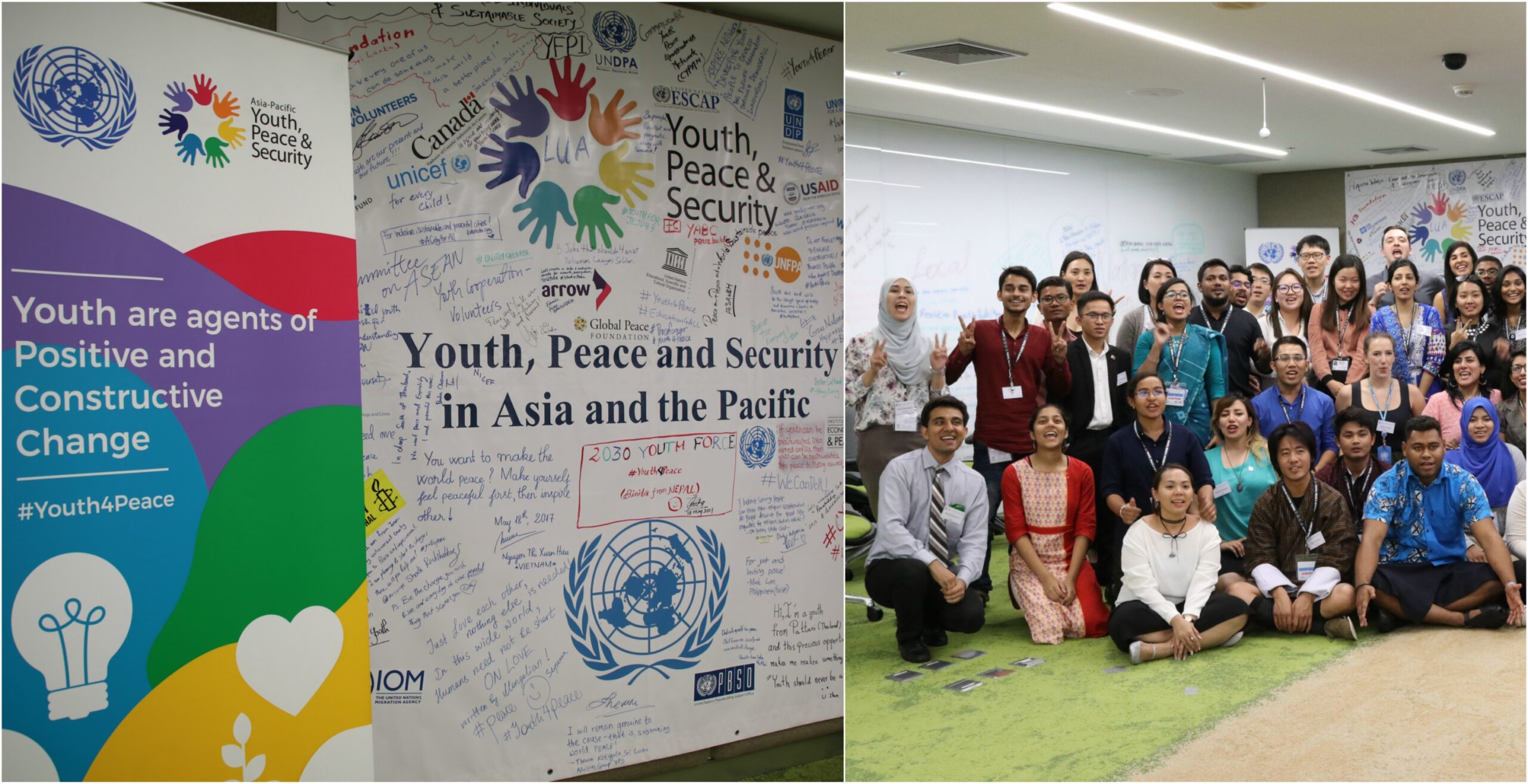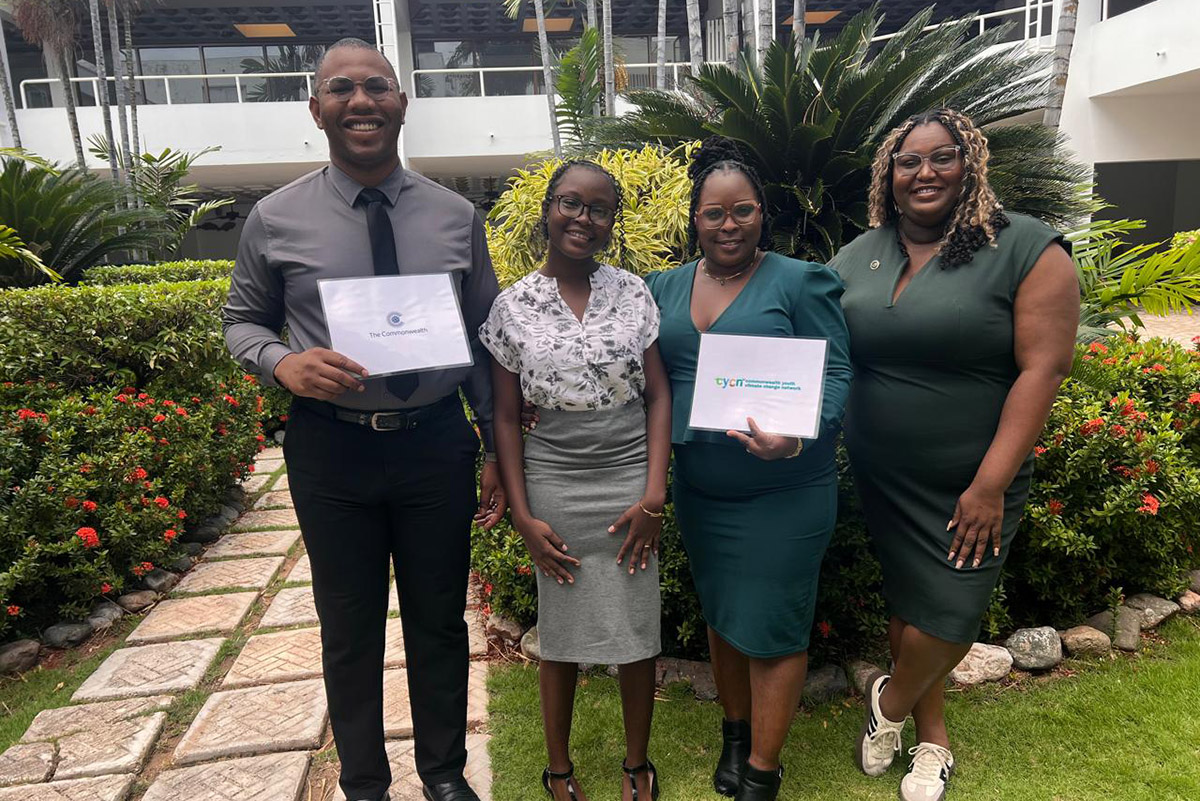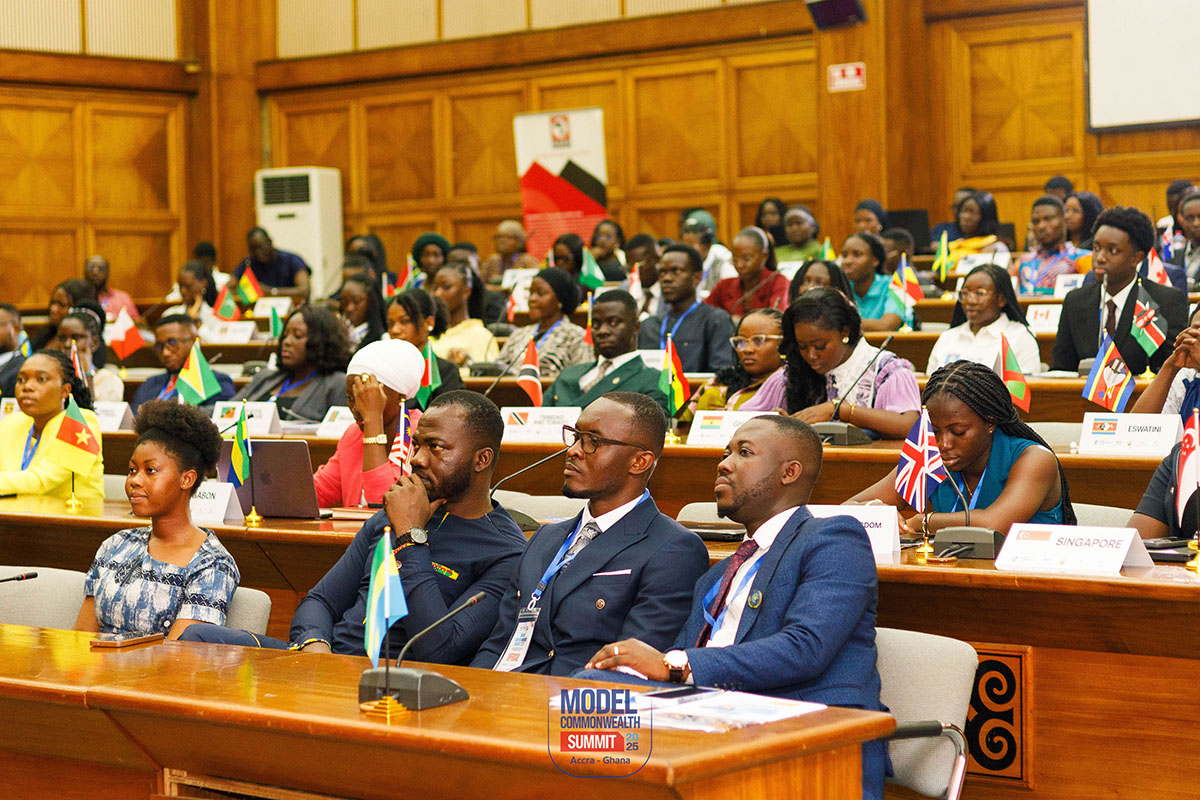Youth join consultation on peace and security
May 29“We, too, are trying to change our working process, putting a lot of efforts to improve and support youth peace initiatives.”- Cecile Mazzacurati, Head, Secretariat – Progress Study on Youth, Peace and Security – UNFPA and Peace building Support Office
UN’s improved effort to engage youth was clearly visible in the UN Asia-Pacific Regional Consultation on Youth, Peace and Security (YPS), Bangkok, Thailand (16-19 May 2017). Young peace-builders aged 15-29 years were invited to share their stories, local perspectives, best practices and recommendations to the UN and Graeme Simpson, lead author of progress study on YPS. Various UN agencies including UN PBSO, UNFPA, UNDP, UN Volunteers, UN Women, UNICEF, UN ESCAP, UN Habitat, UNODC, UNESCO, ILO and International Organisation for Migration (IOM) came together to make this regional consultation successful.
UN Security Council (UN SC) adopted Resolution 2250 on Youth, Peace and Security in December 2015. With this resolution, UN with its member countries recognised, for the first time, youth’s role in peace building and preventing violent extremism and conflict. Then, UN General Assembly resolution 70/262 and SCR 2282 (in 2016) also emphasised on sustaining peace.
This youth consultation is the first in the Asia-Pacific region and the second in the world after the Arab states region, in a chain of five regional consultations. Two other consultations in Eastern Europe and Central Asia, and Latin America and the Caribbean regions followed this, with Africa and Western Europe regional consultation is being planned. These consultations are dedicated to the exchange of perspectives, experiences, best practices and formulation of recommendations.
UNSCR 2250 has requested the Secretary-General ‘to carry out a progress study on the youth’s positive contribution to peace processes and conflict resolution, in order to recommend effective responses at local, national, regional and international levels’, and to present the results of the study to member states of the UN. Thus, the progress study is being undertaken as an independent, evidence-based and participatory research process, and will produce an operational report proposing a forward-looking agenda for the international community. It will provide the evidence of young women and young men’s engagement on peace and security issues and help overturn the negative stereotypes surrounding youth in conflict by highlighting and promoting young people’s active and positive contributions to sustaining peace.
In the Asia-Pacific Region, most of the countries are facing various armed conflicts and violent extremism, making this region cause of the half of the world’s refugee population. This region also contributes 60 per cent of the youth population of the world, – a population that is widely exposed to negative impact of conflicts, crises and violence. Still, youth are also becoming actors for peace in their societies.
Peace building is understood in a broad sense as peace processes, social cohesion, violence reduction, reconciliation, transitional justice, preventing violent extremism, disarmament, demobilization and reintegration or other humanitarian areas. SCR 2250 identifies five key pillars for action: participation, protection, prevention, partnerships and disengagement and reintegration. Young individuals and youth-led initiatives are working towards promoting core values (i.e. empathy, non-violent communication etc), inclusive education, economic development, refugee rehabilitation, peace advocacy and positively exposed mind-sets. It is really inspiring to listen directly to such amazing youth.
“I cry every night here. My people are dying hungry back there in refugee camps or on some border of Myanmar and China, trying to save themselves from violent conflict in Kachin state (Myanmar). We have to strive for peace to survive. Sometimes I feel jealous of you, who are living in a comparatively peaceful country and community. Please remember the people who are living daily in conflict and facing violence, whenever you feel drained of working towards such a big goal; peace,” said B Esther Ze Naw of Myanmar.
This consultation gave chances to such young peace builders to share innovative peace building methods, regional perspective for the successful implementation of SCR 2250 and to create an action plan.
On the last day, Negotiation and Mediation training by Clingendael Academy as a conflict resolution instrument was the highlight of the consultation process. Important teaching like Insider Mediation simulation and key factors for successful negotiations were taught using case studies and practical exercises. The consultation also provided youth the opportunities to collaborate with several UN agencies and created the network of young peace-builders.
Reference:
- UNSCR 2250
- Concept Note – Youth, Peace & Security in Asia and the Pacific – A Regional Consultation
Photo credit: Tim Jenkins, UNFPA




